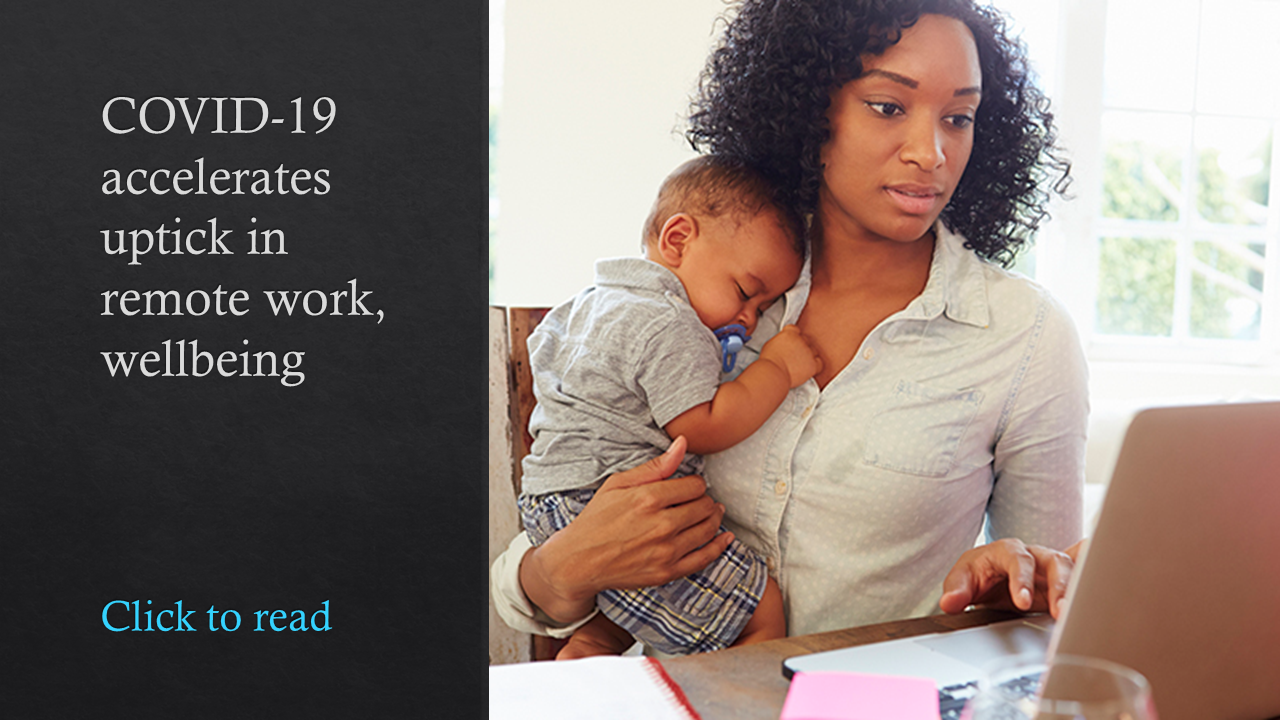One year ago, people around the world experienced profound change in every aspect of their lives. A global pandemic ushered in a year of upheaval, a year that was then further defined by tragic examples of social injustice and an unprecedented economic recession. These events deeply affected millions of people worldwide, changing their priorities, their homes and their jobs.
Reflecting on the past year’s events through my lens as an HR leader, it’s more evident than ever before that a business is only as strong as its people, and those people need support in new and changing ways. The role of human resources—a function rooted in humanity—has evolved significantly through the events of this past year. Despite all the changes happening around us, business goals still had to be met. We had to adapt our mindset and remain agile to determine how we would meet them and how we would support our workforce through the process.
Related: HR leaders report soaring amounts of stress
Some businesses were better prepared to meet these challenges than others. Some larger companies likely had business continuity planning in place to guide their response, but no one had a playbook for how to navigate the past year.
HR professionals are already used to sharing in major moments in employees’ lives, from both the professional perspective and the emotional one that’s intertwined. From births and deaths to weddings and promotions, we’re there in those moments to guide employees through each defining experience. While these life-changing events might be common, there aren’t many situations when everyone on staff needs major assistance all at the same time–until now.
I continually remind my staff that in our function, we’re dealing in a space of humanity. It’s our job to care for our associates. Only once people are cared for and their basic needs met are they then able to take care of the work at hand and perform their responsibilities to the best of their abilities. This is a time where we each have to apply all of our best tendencies as human beings who care for one another, and as HR professionals guiding a workforce, and bring the best elements of each to the table.
Related: The year that changed benefits: How COVID reframed HR support
In the past 12 months, we’ve reimagined every aspect of HR, from talent acquisition and compensation to benefits and strategic workforce design. We asked ourselves what people really need, and then we figured out how we could best provide those necessities. While simple on paper, in reality, this task required us to deconstruct the big picture into smaller, manageable pieces, so we could focus the right resources in the right places.
In this reflective moment, I’d like to share the key lessons worth bringing forward into this new world of work we’re creating:
- Staying accessible builds trust: Building trust among employees can be difficult, particularly when everyone is remote and connecting through screens. Giving employees multiple avenues to contact their HR team and providing quick responses can let workers know that they’re not alone and that they can rely on you. Team leaders are an important touchpoint and should focus their energy on being fully present during each moment of connection to help bridge any virtual divides.
- Actions speak louder than words: Bullet points in an employee handbook mean nothing unless leadership makes them a reality. Don’t say your company supports working parents and then schedule meetings when you know they’ll be busy with their kids. This truth is only more apparent in an environment where school schedules and family responsibilities might not fit neatly within traditional working hours. With workplaces remaining remote or implementing hybrid options, it’s important for HR teams to reevaluate policies to ensure they’re supporting an inclusive culture.
- Look at challenges with fresh eyes: During this past year, my Millennial and Gen Z team members have taught me so much about tech I might not have previously considered. Additionally, many of them were not yet in the workforce to shape original continuity planning processes. This fresh stance is a powerful lens with which to shape and strengthen those plans to adapt to new and future situations.
- Get help when you need help: No matter how good we are, we don’t know the answer to everything. Humble yourself to what you don’t know and continue learning and growing, even amid the uncertainty of a pandemic.
- (Virtually) hug your HR staffers: This past year has been a challenging one. With so many evolving laws and regulations surrounding benefits, pay, flexible work policies, and more — many of which can vary by geography—many companies have a newfound appreciation for the role of HR. Just as we take care of each and every employee in our companies, we as HR professionals need to support our HR colleagues in this shifting workforce and remind them that the work they’re doing is important.
HR has perhaps never been such a crucial conduit of information and empathy for every person in an organization. By facing our challenges with communication, patience and understanding, we can emerge with a renewed spirit of camaraderie and an empowering sense that our mark on an organization is a transformational one.
Related: Learn more from two CHROs in this Spring HR Tech panel moderated by John Sumser.



